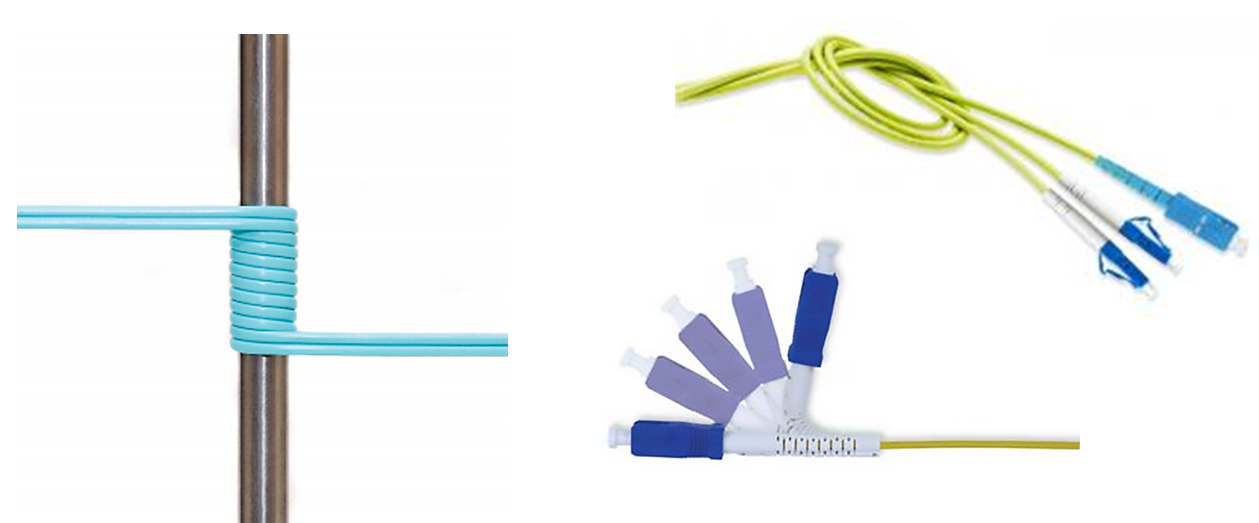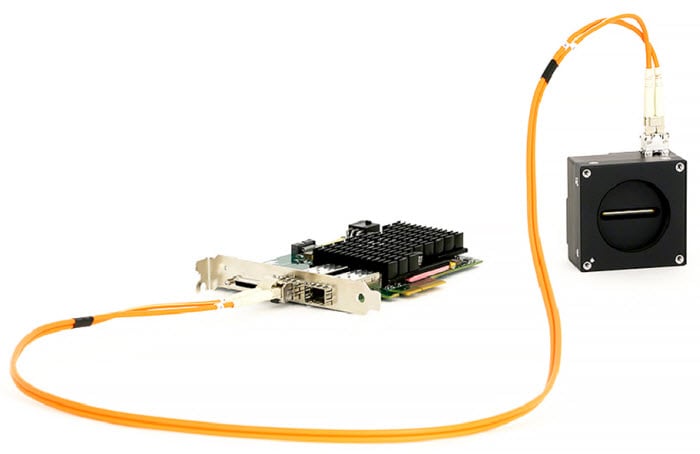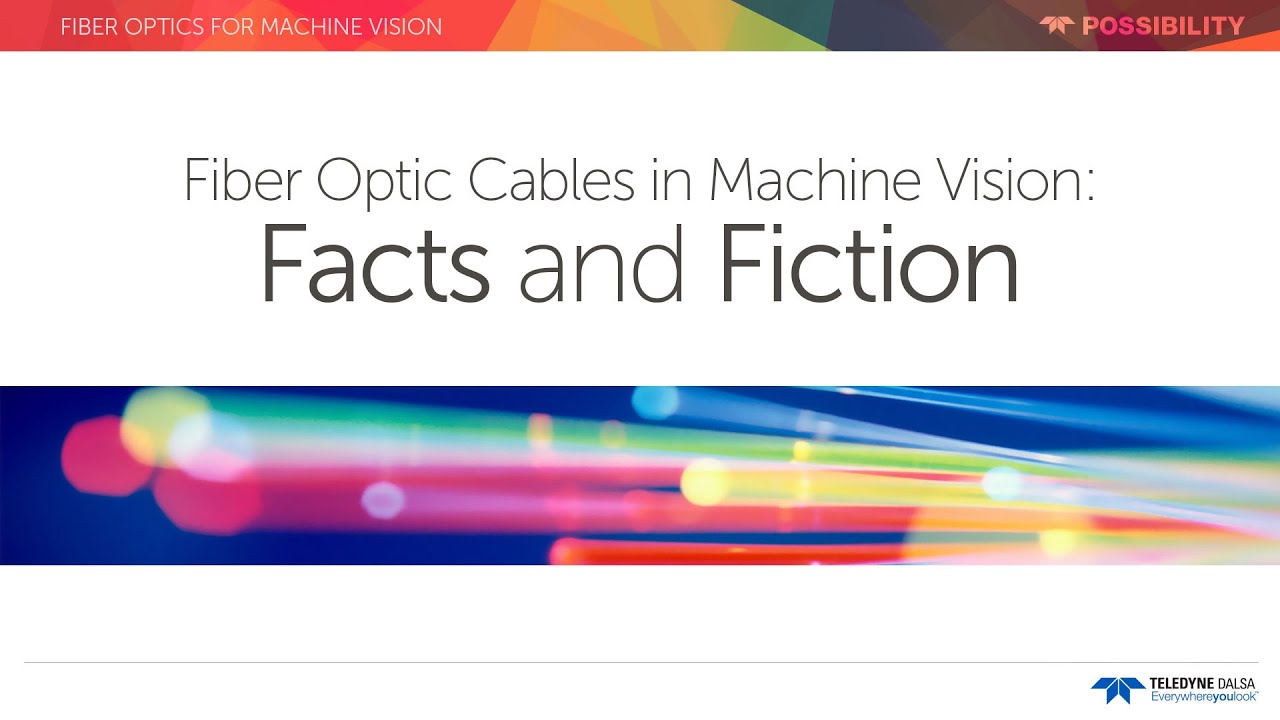Fiber Optics for Machine Vision
The telecom industry has relied on fiber optic cabling for years because of the tremendous bandwidth and distances it allows. With the rise of fiber for home and local area networking, fiber cables and connectors have made huge advances in robustness, flexibility, convenience and affordability. To help resolve questions about fiber optics for machine vision, we present this Fact and Fiction summary.
FACT: Fiber covers long distances
Telecommunications and internet traffic depend on fiber optics to cross countries and continents--up to thousands of kilometers. Few machine vision applications require that distance, but fiber definitely expands the horizons of inspection systems that have traditionally been limited to cable lengths that max out at several feet. Relevant to machine vision:
- Camera Link, standard copper: up to 10 m
- Camera Link HS CX4 copper: up to 15 m
- Camera Link HS CX4 Active Optical Cable (fiber): up to 100 m
- SFP+ fiber cables: up to 20,000 m
FICTION: Fiber is expensive
The growth of fiber for computer networks and fiber to the home has brought costs down below that of equivalent copper cabling, and made it commercially and easily available from many vendors.
In fact, fiber optic cable can now cost less than copper.
FICTION: Fiber is fragile
Fiber optic cabling was once fragile, but modern cables are extremely robust and easily withstand the same industrial conditions as copper:
- Bending
- Wrapping
- Crumpling
- Pinching
- Shock and vibration

FICTION: Fiber is difficult to work with
Modern cable systems are readily field-installable and field-modifiable.
- Cut and splice
- Pull through conduits
- Install connectors in minutes
- Simple test equipment
FACT: Fiber's time has come
- AIA’s Camera Link HS standard already defines fiber interfaces.
- Multiple camera and frame grabber vendors (including Teledyne DALSA) offer low cost direct to fiber interfaces
- CLHS committee-supported IP cores available from AIA make CLHS adoption easy for OEMs and end customers alike

Prototype Linea camera and Xtium frame grabber with fiber optic interface

